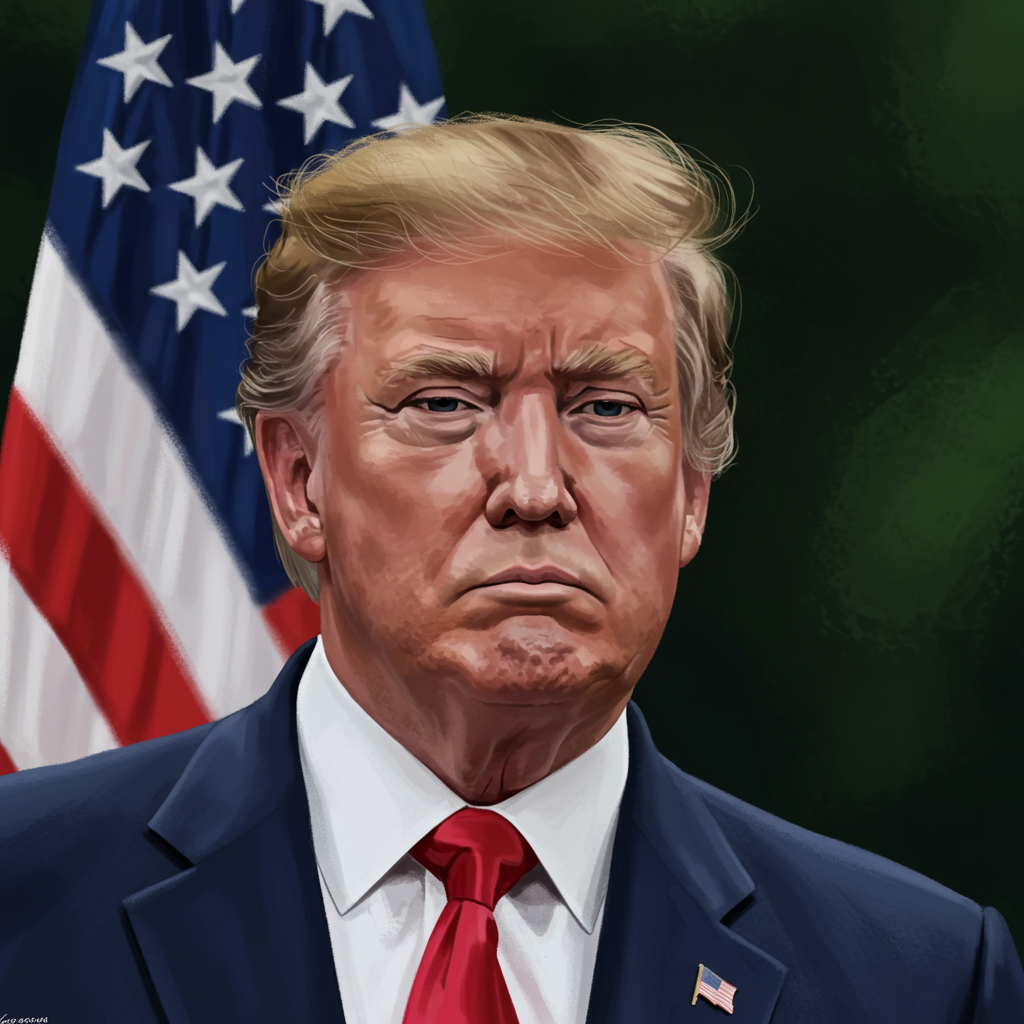Intense confrontations flared in Serbia’s capital, Belgrade, on Saturday, June 28, 2025. police deployed tear gas and arrested dozens of anti-government demonstrators. The clashes marked an escalation in months of persistent dissent against the rule of President Aleksandar Vucic. Tens of thousands filled central Belgrade squares and surrounding areas. They demanded swift parliamentary elections and an end to the current government’s 12-year tenure.
The rally represented a significant turnout. Estimates placed the crowd at up to 140,000 people. This made it one of the largest gatherings in the student-led protest movement. The demonstrations have rattled President Vucic’s firm hold on power.
Escalation and Confrontation in Belgrade
Saturday’s events unfolded around central Slavija Square. Large numbers of protesters gathered there. They extended several blocks into the city center. Shouts of “We want elections!” echoed through the streets. Some demonstrators urged law enforcement, “Keep the shields down.”
The situation grew tense after the official conclusion of the rally. Clashes erupted near Pionirski Park. This area is close to the President’s headquarters. Hundreds of President Vucic’s loyalists have been camping here for months. They form a human shield near the presidential office.
Police lines blocked access to the park. Protesters reportedly threw objects including eggs and plastic bottles. Authorities responded with force. Riot police used shields, batons, and pepper spray. They pushed back the demonstrators. Protesters used garbage cans for temporary protection.
Police officials confirmed injuries. According to police director Dragan Vasiljevic, six officers were hurt during the street battles. An unknown number of citizens also sustained injuries. Interior Minister Ivica Dacic stated that protesters attacked police officers. He affirmed that police used their powers to maintain order. Officers arrested those who assaulted police. Police later reported detaining dozens of individuals, referring to them as “hooligans.”
Roots of the Uprising: Corruption and Dissent
The recent clashes are not isolated incidents. They are part of nearly eight months of continuous anti-government protests. This movement was largely ignited by university students. It has since drawn support from various segments of Serbian society. Farmers, workers, and opposition members have joined the calls for change.
A major flashpoint occurred in November 2024. A railway station canopy collapsed in Novi Sad. This tragic event killed 16 people. Many Serbians immediately linked the disaster to government corruption. Allegations of negligence in state infrastructure projects fueled widespread anger. This tragedy became a focal point for existing frustrations.
While Prime Minister Milos Vucevic resigned earlier this year under pressure, President Vucic has remained in power. The initial student protests began in December 2024. They have persisted due to perceived government inaction and a lack of accountability.
Protester Demands and Voices
The core demand of the protesters remains clear: snap parliamentary elections. They argue this is the only way out of the current social and political crisis. Protesters view the current authorities as illegitimate. They believe the government acts against the people’s interests.
Student leaders have voiced strong determination. Law student Stefan Ivakovic told reporters they would not stop. “We will rally as long as it takes,” he stated. Their goal is to continue until their demands are met.
Ordinary citizens have also joined the demonstrations. Sladjana Lojanovic, a 37-year-old farmer from Sid, travelled to Belgrade. She came to support the students. Lojanovic spoke about her motivations. She cited “usurped” institutions and widespread corruption. For her, elections offer a solution. However, she expressed doubt that President Vucic would relinquish power peacefully.
Government Response and Counter-Narrative
President Vucic commented on the events via social media and to reporters. On Instagram, he claimed protesters attempted to “topple Serbia.” He asserted they had failed. Vucic later told reporters that unspecified “foreign powers” were behind the protest.
While advocating for police restraint, he issued a stern warning. “Thugs will face justice,” the president stated. He maintained that the state would be defended. Meanwhile, the Interior Minister defended police actions. He said officers responded to attacks and used force to restore order.
Hours before the student-led rally began, President Vucic’s ruling party took counter-measures. They reportedly bused in scores of supporters from other parts of Serbia. These loyalists joined the existing camp near the President’s office. Some wore T-shirts displaying the message, “We won’t give up Serbia.” Amidst the unrest, Vucic attended a presidential awards ceremony elsewhere in the capital.
Broader Context and Government Pressure
President Aleksandar Vucic, a populist figure, has held power for over a decade. His current second presidential term is scheduled to end in 2027. Parliamentary elections are also slated for that year. Despite persistent demands, Vucic has repeatedly refused calls for early elections.
His hold on power has been challenged by the sustained protests. Opponents accuse him and his allies of serious wrongdoing. These accusations include ties to organised crime, violence against political rivals, and curbing media freedoms. The government consistently denies these charges.
In the days leading up to the June 28 protest, authorities escalated pressure on dissenters. About a dozen anti-government activists were arrested. They faced serious charges, including undermining the constitution and terrorism. The activists denied these accusations.
Authorities also reportedly arrested individuals accused of plotting to overthrow the government. Entry bans were placed on several foreign nationals, including people from Croatia and a Montenegrin theatre director, without clear explanation. Serbia’s railway company halted train services citing an alleged bomb threat. Critics viewed these actions as deliberate attempts to prevent people from travelling to Belgrade for the rally. Similar measures were reportedly employed before a massive anti-government protest in March.
The June 28 rally coincided with St. Vitus Day. This is a historically significant religious holiday for most Serbs. It marks the 1389 Battle of Kosovo. Some speakers at the protest reportedly referenced this date, a theme sometimes used in Serbian nationalism. Despite relentless pressure and months of protests, the scale of the rally suggested the anti-government movement’s resolve remains strong.
Frequently Asked Questions
Why are protesters demanding early elections in Serbia?
Protesters are demanding early parliamentary elections primarily to challenge President Aleksandar Vucic’s 12-year government. The movement is fueled by widespread anger over alleged government corruption and negligence, particularly highlighted by the Novi Sad train station roof collapse in November 2024 which killed 16 people. They view elections as necessary to address a perceived social and political crisis and believe the current authorities are illegitimate.
What happened during the clashes in Belgrade on June 28, 2025?
On June 28, thousands of anti-government protesters demanding early elections clashed with police in central Belgrade. The confrontations occurred near Slavija Square and the President’s office area. Police fired tear gas and used batons and shields to disperse the crowd. Protesters reportedly threw objects at police lines. Authorities arrested dozens of demonstrators. Six police officers were injured, along with an unknown number of citizens.
How has the Serbian government responded to the recent protests and demands?
President Vucic and the government have strongly pushed back against the protests. Vucic claimed protesters attempted to overthrow the state and blamed “foreign powers,” while warning of justice for “thugs.” Authorities deployed significant police force, leading to clashes and arrests. The government has also been accused of actively suppressing dissent through measures like arresting activists on serious charges, banning foreigners from entering the country, and disrupting transport to prevent rally attendance.
The clashes in Belgrade underscore the ongoing tensions between the persistent anti-government movement and President Vucic’s administration. Fueled by demands for accountability and democratic change following months of dissent and specific tragedies like the Novi Sad collapse, protesters continue to press for early elections despite facing significant government pressure and countermeasures. The situation highlights deep political divisions within the country.



